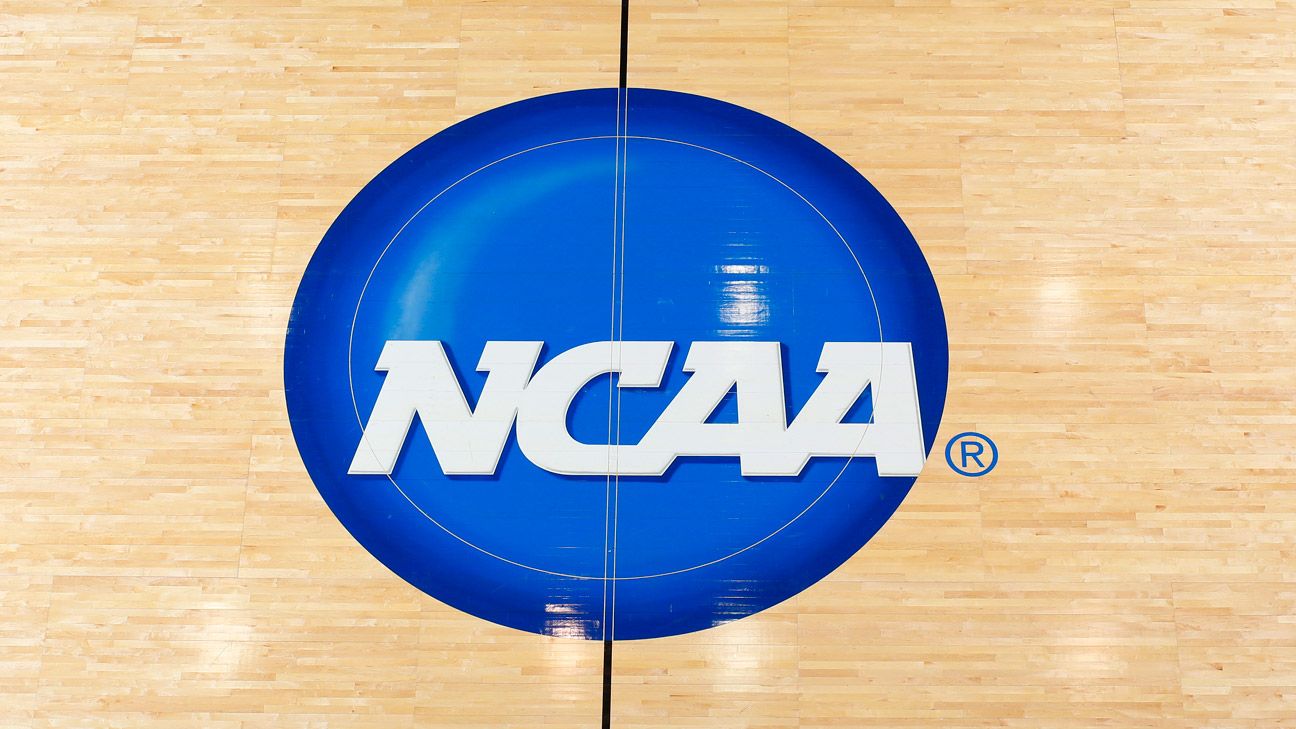Widespread testing for coronavirus will be crucial to having college sports in the fall — especially contact sports such as football and basketball, the NCAA’s chief medical officer said Friday.
Dr. Brian Hainline expressed cautious optimism that college sports could be played during the fall semester as long as leaders take a methodical approach.
“It’s not going to be risk-free, that’s for sure,” Hainline said in an interview with The Associated Press. “If this is rolled out in stages and reasonably, we’re really paying attention to proper surveillance and we get the tests available, I think we can have fall sports. My concern is if we just rush into this too quickly because of this almost sense of desperation, that we just have to get going.”
The NCAA also released guidelines from its COVID-19 Advisory Panel for getting teams up and running on campuses. The guidelines start with students back at school, which has become a familiar refrain among college sports leaders in recent weeks.
The NCAA’s recommendations incorporate a recent three-phase plan from the White House for restarting the economy that account for regional differences in the fight against COVID-19 and certain benchmarks being reached.
“Once COVID-19 infection rates diminish for at least 2 weeks, resocialization of society and sport may be possible,” the NCAA guidance states. The NCAA is also recommending a three-phase plan, with practice facilities reopening in phase three.
Hainline participated in a call earlier this week with medical officers of professional sports leagues and Dr. Deborah Birx, the White House coronavirus response coordinator.
“What we really discussed in some detail was: What is it going to take to get sport back? And I will tell you that 80% of the conversation centered around testing,” Hainline said. ”And more specifically, what happens in contact sports like basketball or football, when one of the players tests positive. Does that mean quarantine? Does that mean we do very regular testing?
“And I think that’s the granular type of detail that we still don’t have universal agreement for two reasons: One is we don’t have all of the ready-made, point-of-care tests. And number two, the serology tests that are out there to date, they just aren’t reliable.”
The priority is to be able to test athletes, coaches and support staff so competition can begin, Hainline said.
Determining whether games can be played in front of fans is a lower priority.
“I think realistically having a football game with 90,000 fans, that would take a remarkable turnaround in a short period of time,” Hainline said.
He said it would take massive immunity, a breakthrough in treatment of the virus or the ability to rapidly and efficiently test people as they enter stadiums.
Hainline also consults the U.S. Tennis Association, which runs the U.S. Open in New York. That event draws hundreds of thousands to the Billie Jean King Tennis Center over two weeks. As of now, the U.S. Open is still scheduled to be held Aug. 24-Sept. 13.
“Having a full-fledged event with a full stadium right now, that’s just not what people are talking it,” Hainline said. “It’s getting the sports going.”
